Carestream Health 4900 DRYVIEW Chroma Imaging System User Manual 9G4259 en A
Carestream Health, Inc. DRYVIEW Chroma Imaging System 9G4259 en A
Contents
- 1. Manual 2
- 2. Manual 1
Manual 2
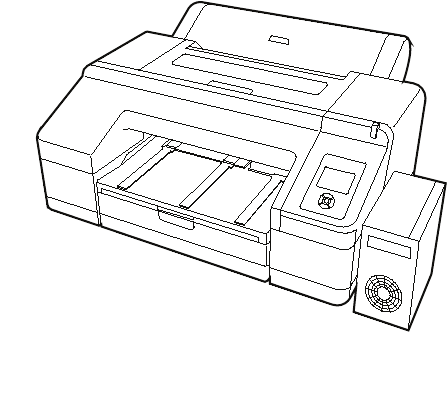
CARESTREAM DRYVIEW
CHROMA Imaging System
Preliminary Safety Manual
H210_0843AC
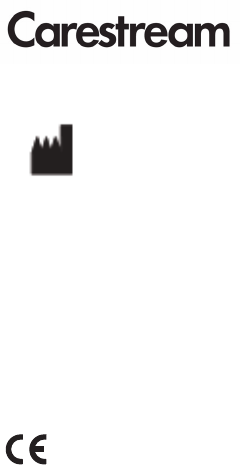
Pub No. 9G4259_en
Rev. 30
150 Verona Street
Rochester, New York 14608
© Carestream Health, Inc., 2011
CARESTREAM and DRYVIEW are trademarks
of Carestream Health, Inc.

i
Table of Contents
Safety, Warnings, and Cautions - - - - - - - - - - - - - - - - - - - - - - - - - - - - - - - - - - - - - - - - - - - - - - - - - -1
Safety Labels - - - - - - - - - - - - - - - - - - - - - - - - - - - - - - - - - - - - - - - - - - - - - - - - - - - - - - - - - - - -4
English Text on Labels - - - - - - - - - - - - - - - - - - - - - - - - - - - - - - - - - - - - - - - - - - - - - - - - - - -4
Labels - Locations and Details - - - - - - - - - - - - - - - - - - - - - - - - - - - - - - - - - - - - - - - - - - - - - -4
Safety and Health Compliance - - - - - - - - - - - - - - - - - - - - - - - - - - - - - - - - - - - - - - - - - - - - - - - - - - -6
Safety - - - - - - - - - - - - - - - - - - - - - - - - - - - - - - - - - - - - - - - - - - - - - - - - - - - - - - - - - - - - - - - - -6
EMC - - - - - - - - - - - - - - - - - - - - - - - - - - - - - - - - - - - - - - - - - - - - - - - - - - - - - - - - - - - - - - - - - -6
EU Directives - - - - - - - - - - - - - - - - - - - - - - - - - - - - - - - - - - - - - - - - - - - - - - - - - - - - - - - - - - - 11
CE Marking - - - - - - - - - - - - - - - - - - - - - - - - - - - - - - - - - - - - - - - - - - - - - - - - - - - - - - - - - - - - 11
Please Note - - - - - - - - - - - - - - - - - - - - - - - - - - - - - - - - - - - - - - - - - - - - - - - - - - - - - - - - - - - - 12
Imager Specifications - - - - - - - - - - - - - - - - - - - - - - - - - - - - - - - - - - - - - - - - - - - - - - - - - - - - - - - - 12
Publication History - - - - - - - - - - - - - - - - - - - - - - - - - - - - - - - - - - - - - - - - - - - - - - - - - - - - - - - - - 12
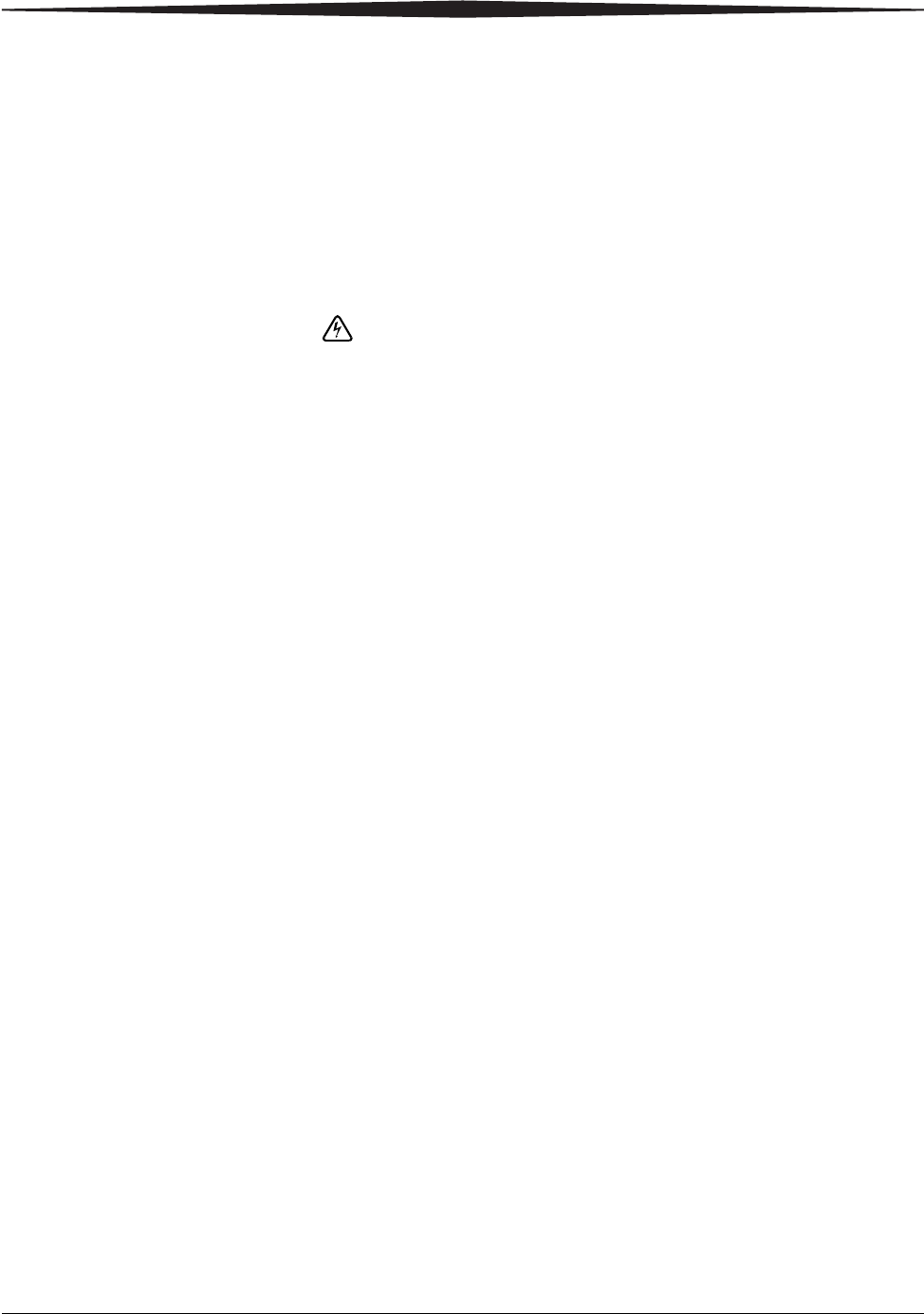
2011-03-01 9G4259_en 1
Safety and Related Information
Safety, Warnings, and Cautions
Please read and understand all instructions before using this
product.
RISK OF ELECTRIC SHOCK:
This equipment is operated with hazardous voltage which can
shock, burn, or cause death.
•Remove wall plug before servicing equipment. Never pull on
cord to remove from outlet. Grasp plug and pull to disconnect.
Do not attempt to service or repair the imager yourself to avoid
exposure to dangerous voltage or other danger. Always call a
qualified service provider for any service or repair.
•Do not operate equipment with a damaged power cord.
•Do not use an extension cord to power this equipment.
•Do not operate equipment with any of the safety interlocks
overridden.
•Position the power cord so it will not be tripped over or pulled.
•Connect this equipment to a grounded wall outlet.
•One power cord set is provided with this equipment.
You must use an Agency-approved power cord with a plug
type suitable for the country of use.
DANGER: This equipment contains moving parts that may be
accessible to the user. Loose clothing, jewelry or long
hair may cause personal injury or damage to the
equipment.
•Do not operate equipment with the covers open.
DANGER: This equipment is not contained in a sealed cabinet.
Do not use this equipment in locations where it can
come in contact with liquids, including body fluids.
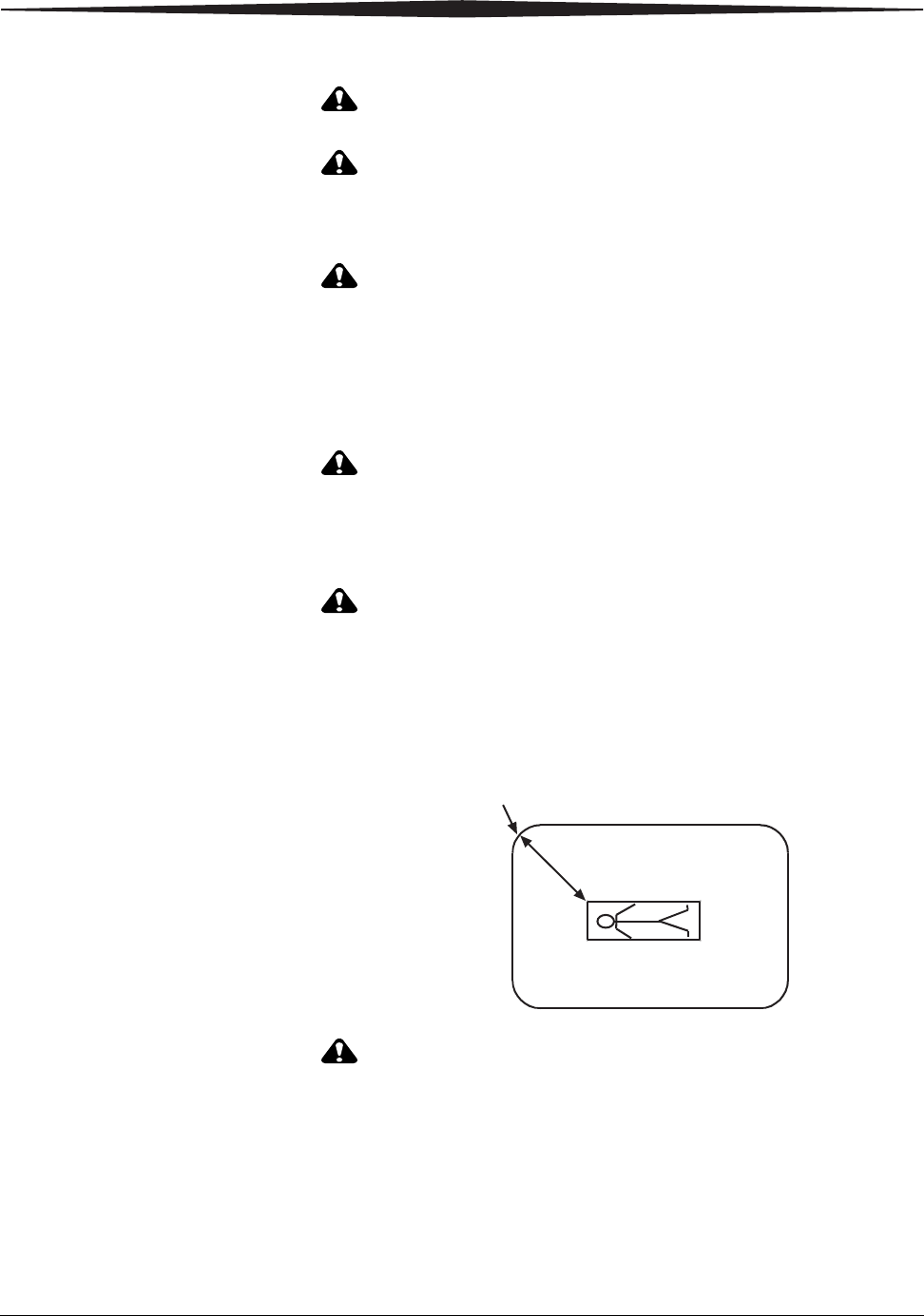
2 9G4259_en 2011-03-01
Safety and Related Information
CAUTION:
Double pole/neutral fusing.
CAUTION:
Do not use a cell phone within 2 m of this device. This
proximity includes any imager behind a wall adjacent to your
location.
CAUTION:
Do not use a microwave oven within 4 m of this device.
Electromagnetic radiation from a microwave oven is only an
issue if after the oven door is closed and latched, the seal does
not maintain an electromagnetic tight fit between the oven
door and oven main housing. Determining if the seal has an
electromagnetic tight fit requires special detection equipment.
CAUTION:
Do not use in the presence of flammable anesthetics, oxygen,
or nitrous oxide. This equipment does not have a gas-sealed
electronics enclosure and could ignite any flammable or
explosive gases present in its environment.
CAUTION:
This equipment uses a DICOM network port, and is intended
to connect to other medical devices. It is not intended to be
connected directly outside the building. Only qualified
personnel may perform installation and service.
CAUTION:
This device is NOT to be located within the patient
environment. Therefore, the equipment must not be located
closer than 1.83 m from a patient bed or chair.
1.83 m
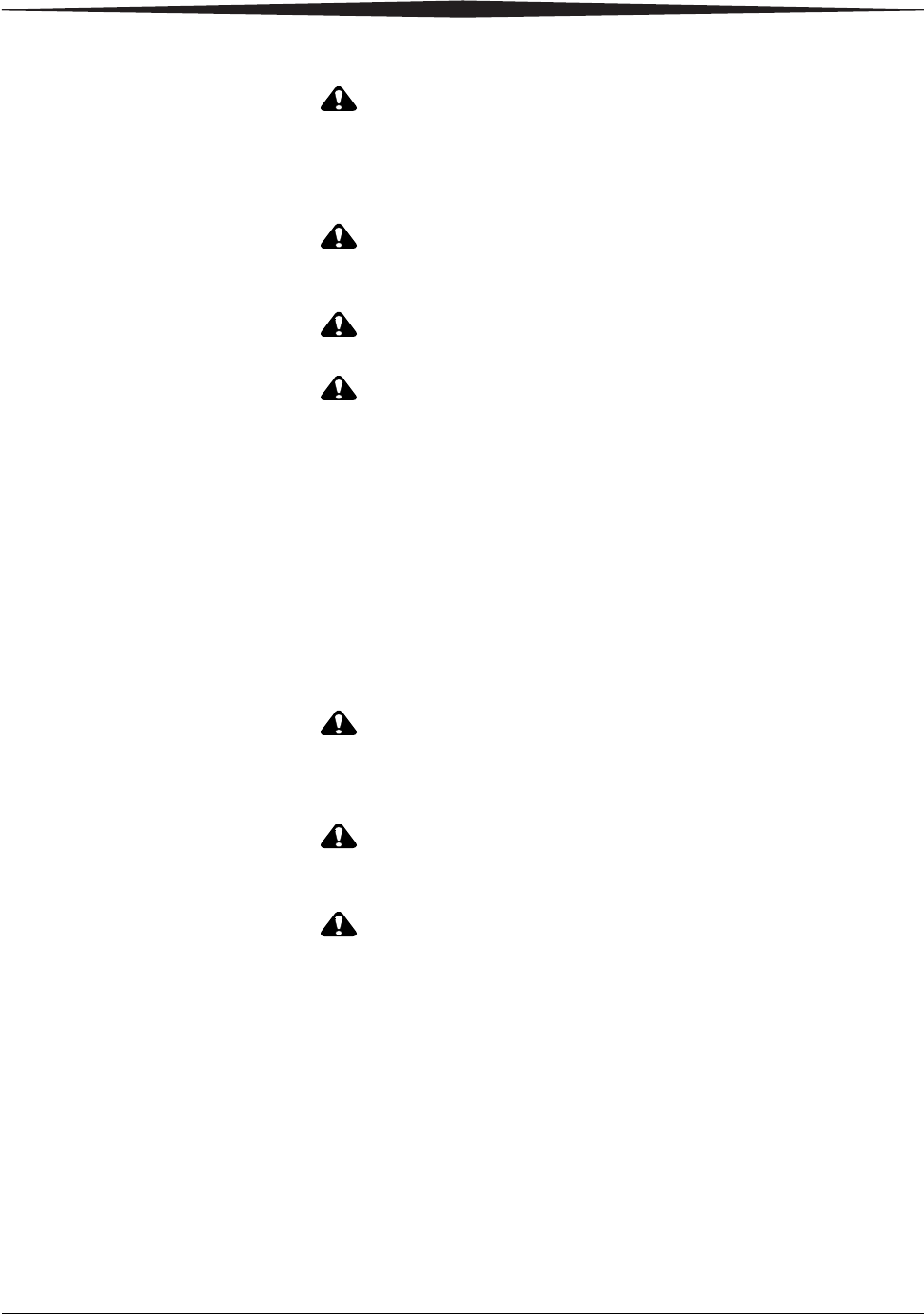
Safety and Related Information
2011-03-01 9G4259_en 3
CAUTION:
This device should not be used in close contact with MRI
devices, due to possible very high magnetic fields near an MRI
unit. The magnetic field in the area where this equipment is
installed must be less than 50 G.
CAUTION:
Do not substitute or modify any part of this equipment without
prior written approval of Carestream Health, Inc.
CAUTION:
Federal law prohibits dispensing without a prescription.
CAUTION:
This equipment has been tested and found to comply with the
limits for a Class A digital device, pursuant to part 15 of the
FCC Rules. These limits are designed to provide reasonable
protection against harmful interference when the equipment is
operated in a commercial environment. This equipment
generates, uses, and can radiate radio frequency energy and, if
not installed and used in accordance with the User Guide and
other User Documentation, may cause harmful interference to
radio communications. Operation of this equipment in a
residential area is likely to cause harmful interference in which
case the user will be required to correct the interference at his
own expense.
CAUTION:
Changes or modifications not expressly approved by the party
responsible for compliance could void the user’s authority to
operate the equipment.
CAUTION:
Do not use isopropyl alcohol to clean the exterior surfaces of
the device.
CAUTION:
Lithium batteries should only be replaced by a qualified
service provider. The device uses a lithium battery to power
the clock and calendar circuitry. THERE IS A DANGER OF
EXPLOSION IF THE BATTERY IS REPLACED
INCORRECTLY. The battery must be replaced only with the
same or equivalent type. The U.S. EPA’s RCRA does not
regulate disposal of this lithium battery. Users should discard
spent batteries in municipal trash unless their community
offers a battery collection program. In other regions, contact
local or regional solid waste authorities for proper disposal
guidance.
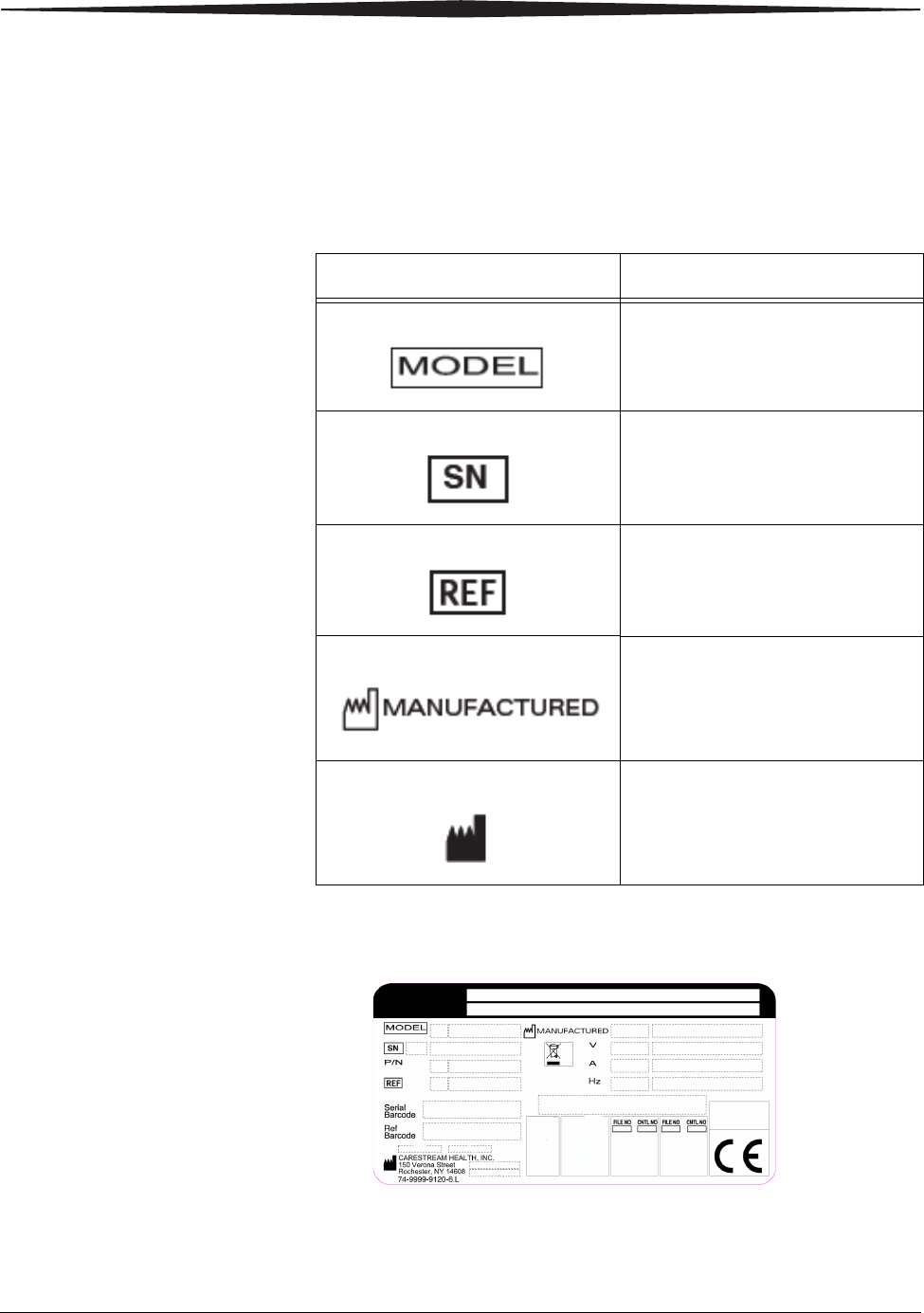
4 9G4259_en 2011-03-01
Safety and Related Information
Safety Labels Safety labels are attached to the imager in compliance with international
standards.
English Text on Labels Some names on the labels are shortened and left in English. Below is a
key to understand the meanings of the shortened words on the safety
labels:
Labels - Locations and
Details
See “Safety and Health Compliance” on page 6 for the specific details
of the safety and health compliance.
This label shows the serial number and model number of the device
along with other important data items.
Symbol on label Definition
Model Number
Serial Number
CAT Number
Manufactured Date
Manufactured By
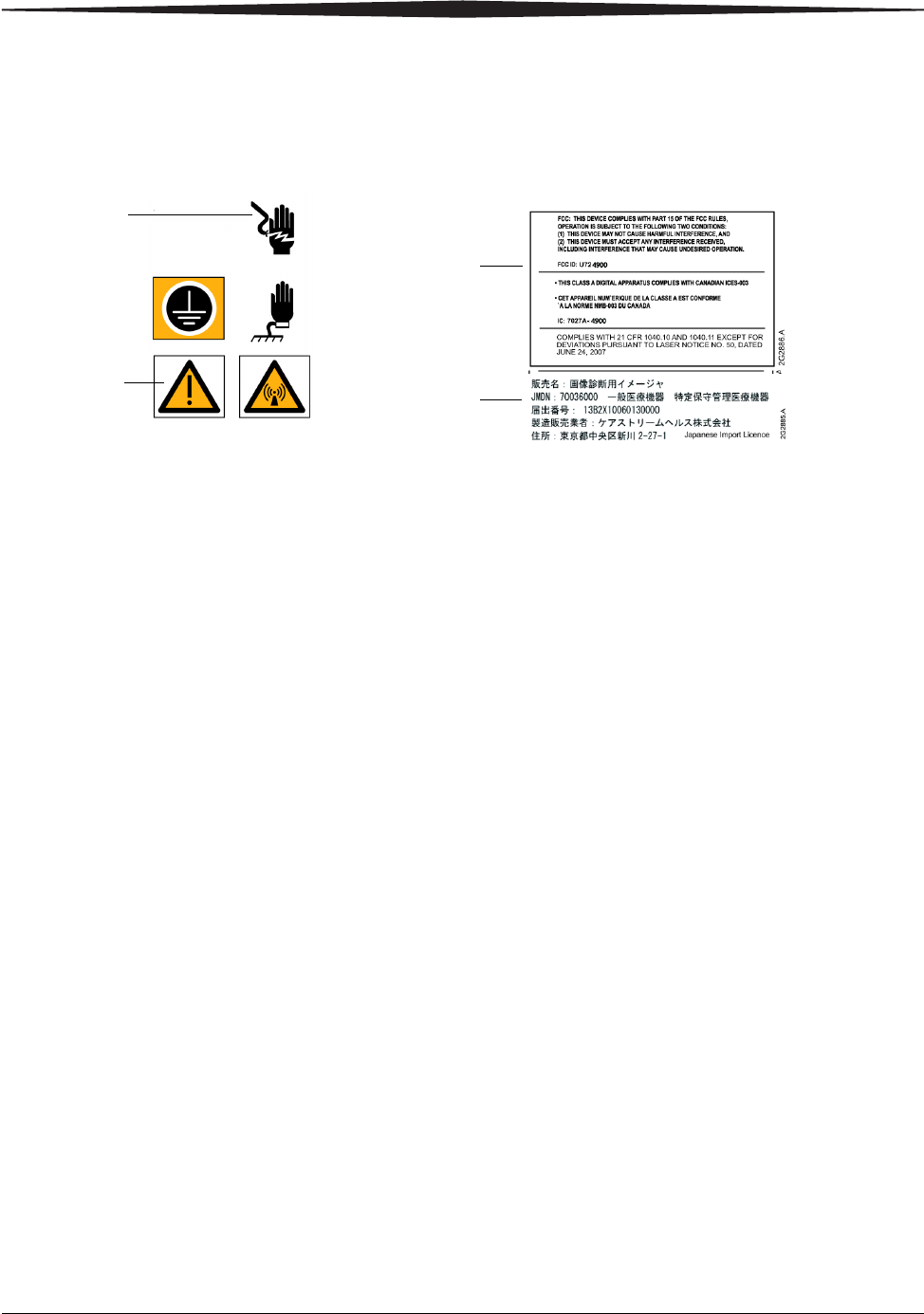
Safety and Related Information
2011-03-01 9G4259_en 5
NOTE: These labels appear on the side panel of the DICOM
interface.
Agency Statements
4
Additional labels for U.S., Canada, and Japan
1
2
3
1 Static Sensitive Equipment. This label identifies
static-sensitive components. Connect a personal grounding strap
to appropriate ground before servicing this device. These panels
may only be removed by a qualified service provider.
2 Radio Frequency Energy. This label indicates that the device
can radiate radio frequency energy. If not installed and used in
accordance with the instructions, the imager may cause harmful
interference to radio communications.
3 FCC ID and Intentional Radiation IC.
4 Japanese Import License.

6 9G4259_en 2011-03-01
Safety and Related Information
Safety and Health Compliance
This equipment has been tested for, and complies with, the following
Safety and Emissions Standards. Certificates of Compliance and
Declarations of Conformity have been issued as shown below.
Safety United States
Canada
Europe
Rest of World
EMC United States
FDA 21CFR 807 Premarket Notification 510(K): Regulatory
Requirements For Medical Devices.
UL 60950-1, 2nd Ed.: Safety of Information Technology Equipment,
including Electrical Business Equipment (Bi-National Standard).
CAN/CSA - C22.2 NO 60950-1-03 Information Technology
Equipment - Safety - Part 1: General Requirements. (Bi-National
Standard, with UL 60950-1, 2nd Ed.)
EN60950-1: Safety of Information Technology Equipment, including
Electrical Business Equipment (IEC 60950-1, 2nd Ed.).
IEC 60950-1, 2nd Ed.: Safety of information technology equipment.
FCC Rules and Regulations, Title 47, Part 15, Subpart B, Class A:
Radio Frequency Devices: Unintentional Radiators.
This equipment has been tested and been found to comply with the
limits for a Class A digital device pursuant to part 15 of the FCC rules.
Those limits are designed to provide reasonable protection against
harmful interference in a residential installation.
FCC Rules and Regulations, Title 47, Part 15, Subpart C, Radio
Frequency Devices: Intentional Radiators. FCC ID for CHROMA
Imager : U724900

Safety and Related Information
2011-03-01 9G4259_en 7
Canada
Europe and the Rest of World
CAN/CSA-C108.6-M91, Class A: Limits and Methods of
Measurement of Electromagnetic Disturbance Characteristics of
Industrial, Scientific and Medical (ISM) Radio-Frequency
Equipment.
Intentional Radiation IC for CHROMA Imager: 7027A-4900
This Class A digital apparatus complies with Canadian ICES-003.
CET APPAREIL NUM ENRIQUE DE CLASSE A EST
CONFORME A LA NORME NMB-003 DU CANADA.
This Class A digital apparatus meets all requirements of the Canadian
Interference-Causing Equipment Regulations.
Guidance and Manufacturer’s Declaration for Electromagnetic Emissions
The imager is intended for use in the electromagnetic environment specified below. The customer or user
should ensure that it is used in such an environment.
Emissions Test Compliance Electromagnetic Environment - Guidance
RF emissions:
• EN55011
• CISPR 11
Group 1 The imager uses RF energy only for its internal function.
Therefore, its RF emissions are very low and are not likely
to cause any interference in nearby electronic equipment.
RF emissions:
• EN55011
• CISPR 11
Class A The imager is suitable for use in all establishments other
than domestic and those directly connected to the public
low-voltage power supply network that supplies buildings
used for domestic purposes.
Harmonics emissions:
• EN61000-3-2
• IEC 61000-3-2
Class A The imager is suitable for use everywhere, including those
establishments directly connected to the public low-voltage
power supply network that supplies buildings used for
domestic purposes.
Voltage fluctuations and
flicker emissions:
• EN61000-3-3
• IEC 61000-3-3
Complies The imager is suitable for use everywhere, including those
establishments directly connected to the public low-voltage
power supply network that supplies buildings used for
domestic purposes.

8 9G4259_en 2011-03-01
Safety and Related Information
Guidance and Manufacturer’s Declaration for Electromagnetic Immunity
The imager is intended for use in the electromagnetic environment specified below. The customer or user
should ensure that it is used in such an environment.
Immunity Test IEC 60601 Test
Level
Compliance Level Electromagnetic Environment -
Guidance
Electrostatic
discharge (ESD):
• EN61000-4-2
• IEC 61000-4-2
± 6 kV contact
± 8 kV air
± 6 kV contact
± 8 kV air
Floors should be wood, concrete,
or ceramic tile. If floors are
covered with synthetic material,
the relative humidity should be at
least 30%.
Electrical fast
transient/burst:
• EN61000-4-4
• IEC 61000-4-4
± 2 kV for power
supply lines
± 1 kV for
input/output lines
± 2 kV for power
supply lines
± 1 kV for input/output
lines
Mains power quality should be
that of a typical commercial or
hospital environment.
Surge:
• EN61000-4-5
• IEC 61000-4-5
± 1 kV differential
mode
± 2 kV common
mode
± 1 kV differential
mode
± 2 kV common mode
Mains power quality should be
that of a typical commercial or
hospital environment.
Voltage dips, short
interruptions and
voltage variations
on power supply
lines:
• EN61000-4-11
• IEC 61000-4-11
<5% Ut* (>95% dip
in Ut*) for 0.5 cycle
40% Ut* (60% dip in
Ut*) for 5 cycles
70% Ut* (30% dip in
Ut*) for 25 cycles
<5% Ut* (>95% dip
in Ut*) for 5 sec.
<5% Ut* (>95% dip in
Ut*) for 0.5 cycle
40% Ut* (60% dip in
Ut*) for 5 cycles
70% Ut* (30% dip in
Ut*) for 25 cycles
<5% Ut* (>95% dip in
Ut*) for 5 sec.
Mains power quality should be
that of a typical commercial or
hospital environment. If the user
requires continued operation
during power mains
interruptions, it is recommended
that the imager is powered from
an uninterruptible power supply
or a battery.
Power frequency
(50/60 Hz)
magnetic field:
• EN61000-4-8
• IEC 61000-4-8
3 A/m 3 A/m Mains power quality should be
that of a typical commercial or
hospital environment.
NOTE: * Ut is the a.c. mains voltage prior to application of the test level.
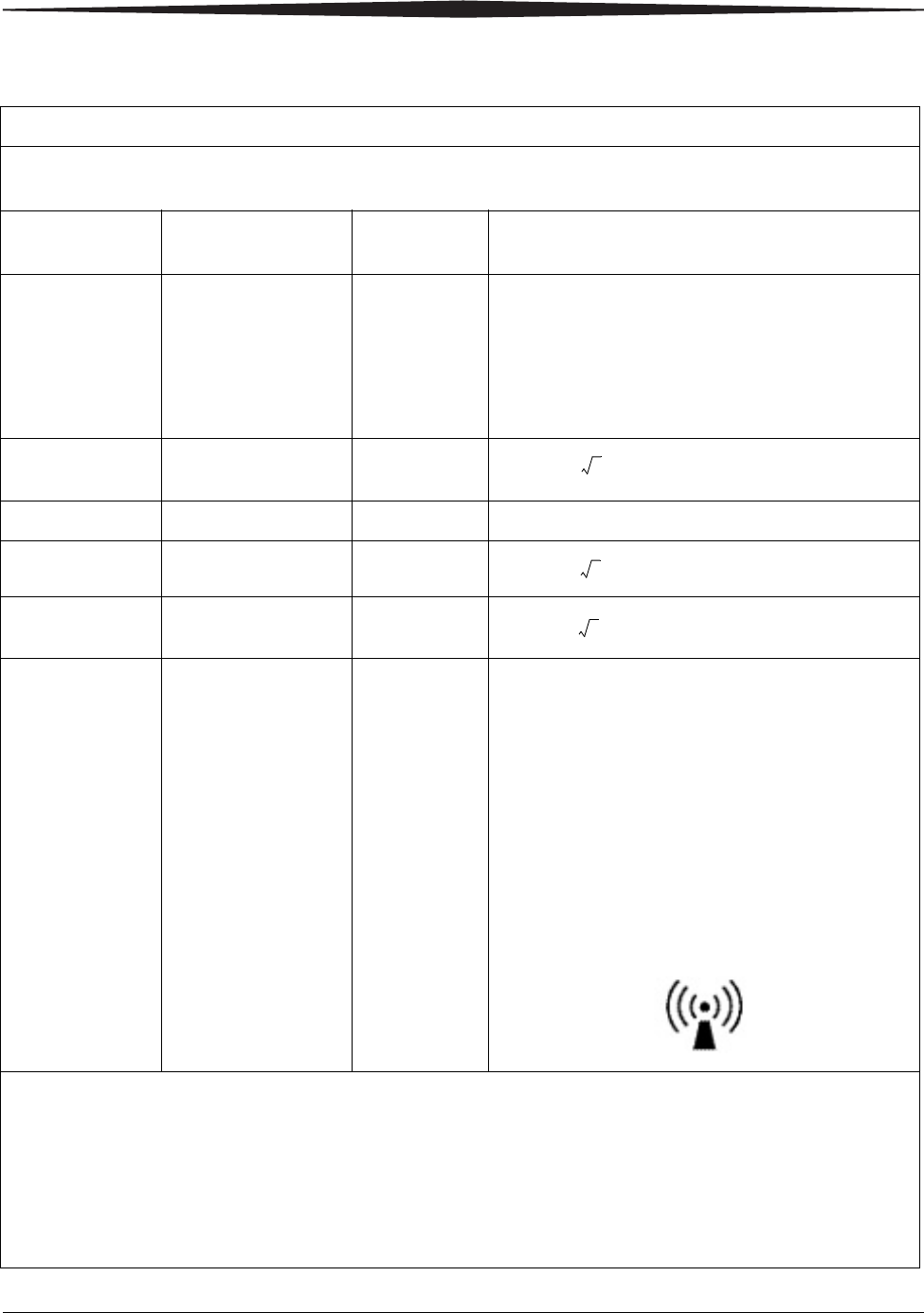
Safety and Related Information
2011-03-01 9G4259_en 9
Guidance and Manufacturer’s Declaration for Electromagnetic Immunity
The imager is intended for use in the electromagnetic environment specified below. The customer or user
should ensure that it is used in such an environment.
Immunity Test IEC 60601 Test
Level
Compliance
Level
Electromagnetic Environment - Guidance
Portable and mobile RF communications
equipment should be used no closer to any part
of the imager, including cables, than the
recommended separation distance calculated
from the equation applicable to the frequency of
the transmitter.
Conducted RF 3 Vrms 3 Vrms
IEC 61000-4-6 150 kHz–80 MHz
Radiated RF 3 v/m 3 v/m 80 MHz–800 MHz
IEC 61000-4-3 80 MHz–2.5 GHz 800 MHz–2.5 GHz
d is the recommended separation distance in
meters (m).
P is the maximum output rating of the transmitter
in watts (W) according to the transmitter
manufacturer.
Field strengths from fixed RF transmitters, as
determined by an electromagnetic site surveya,
should be less than the compliance level in each
frequency rangeb.
Interference may occur in the vicinity of
equipment marked with the following symbol:
NOTE:
At 80 MHz and 800 MHz, the higher frequency range applies.
These guidelines may not apply in all situations. Electromagnetic propagation is affected by absorption and
reflection from structures, objects, and people.
aSee Note 1 on next page.
bSee Note 2 on next page.
d1.17 P=
d1.17 P=
d2.33 P=
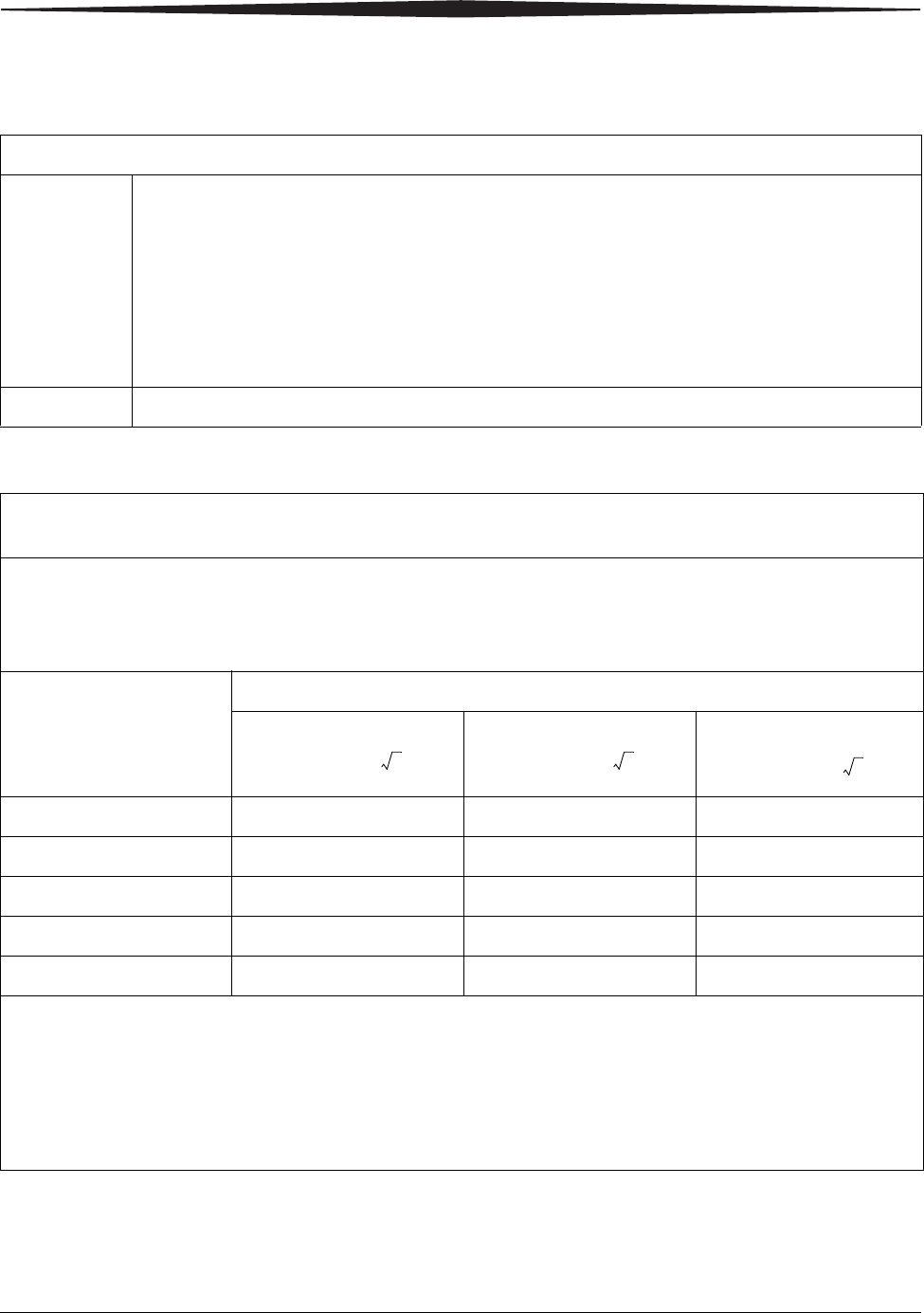
10 9G4259_en 2011-03-01
Safety and Related Information
Guidance and Manufacturer’s Declaration for Electromagnetic Immunity
Note 1 Field strengths from fixed transmitters, such as base station for radio (cellular/cordless)
telephones and land mobile radios, amateur radio, AM and FM radio broadcast, and TV
broadcast cannot be predicted theoretically with accuracy. To assess the electromagnetic
environment due to fixed RF transmitters, an electromagnetic site survey should be
considered. If the measured field strength in the location in which the imager is used
exceeds the applicable RF compliance level above, the imager should be observed to verify
normal operation. If abnormal performance is observed, additional measures may be
necessary, such as reorienting or relocating the imager.
Note 2 Over the frequency range 150 kHz–80 MHz, field strengths should be less than 3 v/m.
Recommended separation distance between portable and mobile RF communications equipment and
the imager
The imager is intended for use in an electromagnetic environment in which radiated RF disturbances are
controlled. The customer or the user can help prevent electromagnetic interference by maintaining a
minimum distance between portable and mobile RF communication equipment (transmitters) and the imager
as recommended below, according to the maximum output of the communications equipment.
Rated maximum
output power of
transmitter (P) in
Watts (W)
Separation distance (d) according to frequency of transmitter in meters (m)
150 kHz–80 MHz 80 MHz–800 MHz 800 MHz–2.5 GHz
0.01
0.1
1
10
100
For transmitters rated at a maximum output power not listed above, the recommended separation distance d
in meters (m) can be estimated using the equation applicable to the frequency of the transmitter, where P is
the maximum output power rating of the transmitter in watts (W) according to the transmitter manufacturer.
NOTE 1: At 80 MHz and 800 MHz, the separation distance for the higher frequency range applies.
NOTE 2: These guidelines may not apply in all situations. Electromagnetic propagation is affected by
absorption and reflection from structures, objects, and people.
d1.17 P=
d1.17 P=
d2.33 P=
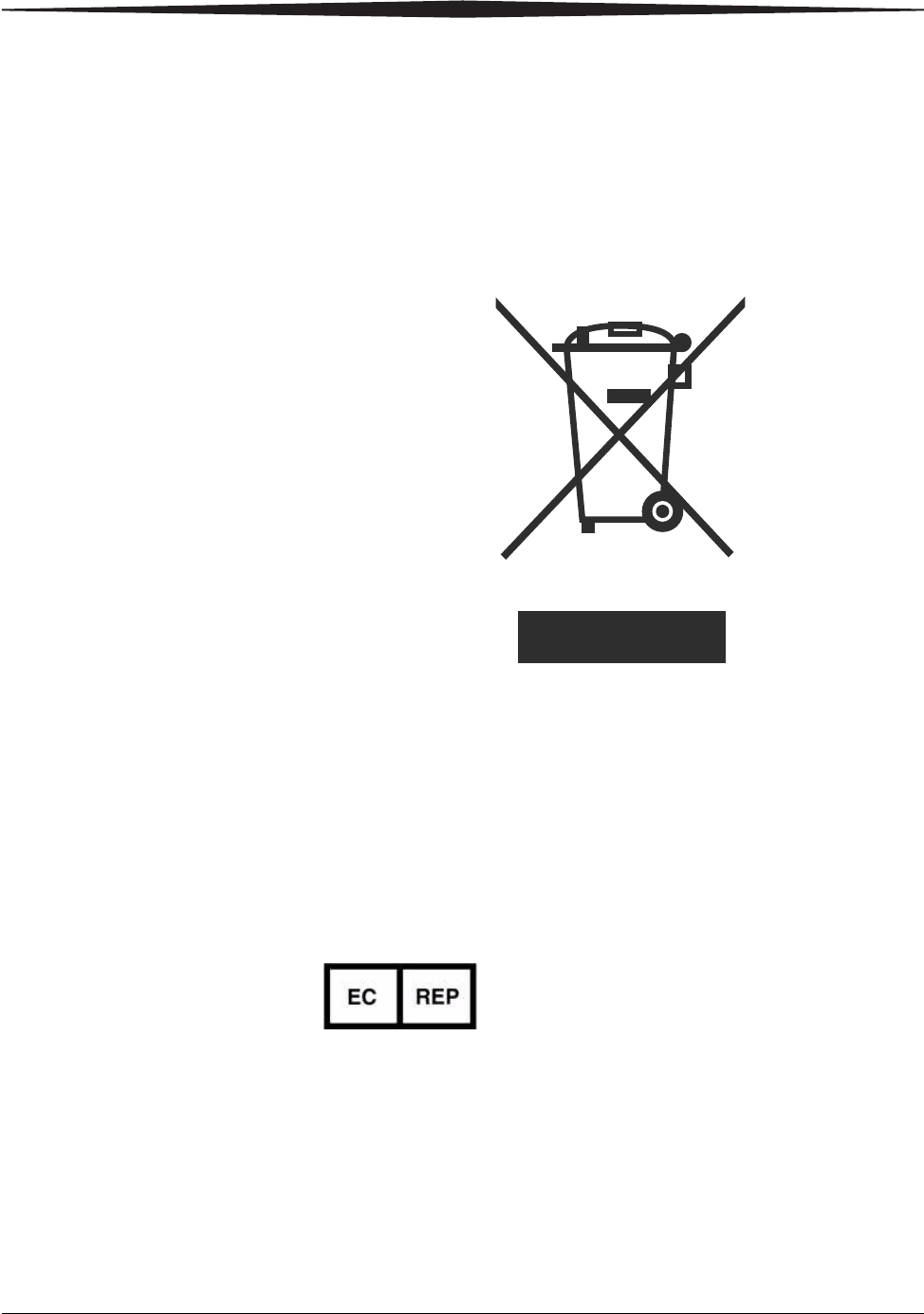
Safety and Related Information
2011-03-01 9G4259_en 11
EU Directives 93/42/EEC Title: Council Directive Concerning Medical Devices.
99/05/EEC Title: Council Directive Concerning Radio and
Telecommunications Terminal Equipment.
73/23/EEC Title: Council Directive on the Harmonization of the Laws
of Member States Relating to Electrical Equipment Designed for Use
within Certain Voltage Limits.
Recycling Label
In the European Union, this symbol indicates that when the last user
wishes to discard this product, it must be sent to appropriate facilities
for recovery and recycling. Contact your local authorized representative
for additional information.
CE Marking Documents concerning the conformance of this product to Council
Directive 93/42/EEC of 14 June 1993 concerning Medical Devices can
be obtained from the Carestream Health, Inc. European
Representative at:
Carestream Health France
1, rue Galilée
93192 NOISY-LE-GRAND CEDEX
FRANCE
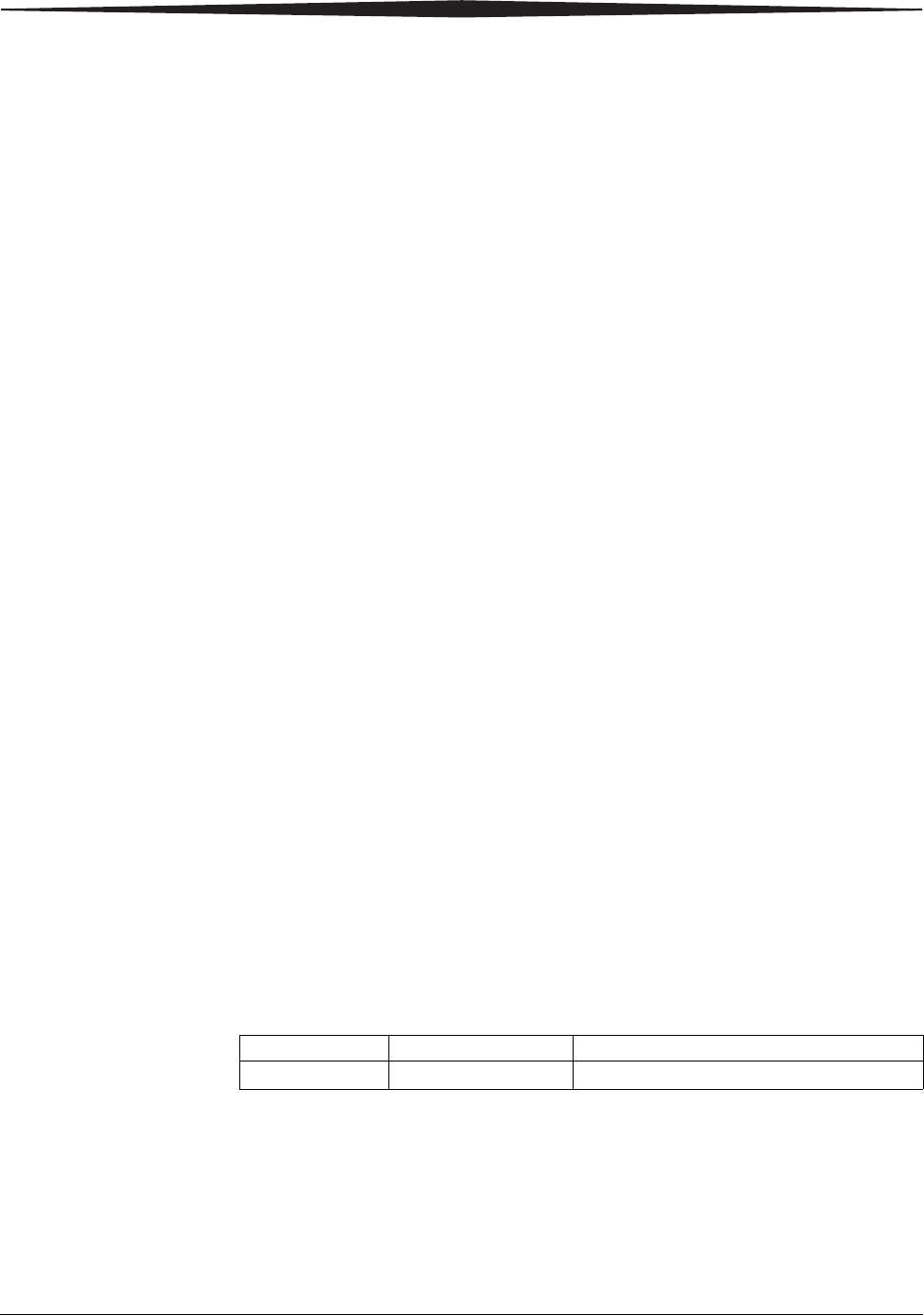
12 9G4259_en 2011-03-01
Safety and Related Information
Please Note The information contained herein is based on the experience and
knowledge relating to the subject matter gained by Carestream Health,
Inc. prior to publication. No patent license is granted by this
information. Carestream Health, Inc. reserves the right to change this
information without notice and makes no warranty, express or implied,
with respect to this information. Carestream Health, Inc. shall not be
liable for any loss or damage, including consequential or special
damages, resulting from the use of this information, even if loss or
damage is caused by the negligence of Carestream Health, Inc. or other
fault.
Imager Specifications
See the User’s Guide, 9G4260.
Publication History
Revision Date Reason for Change
30 2011-03-01 Preliminary release